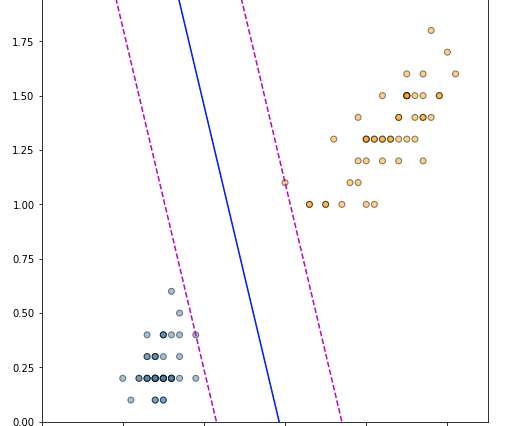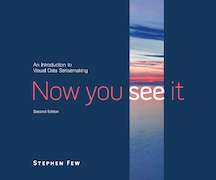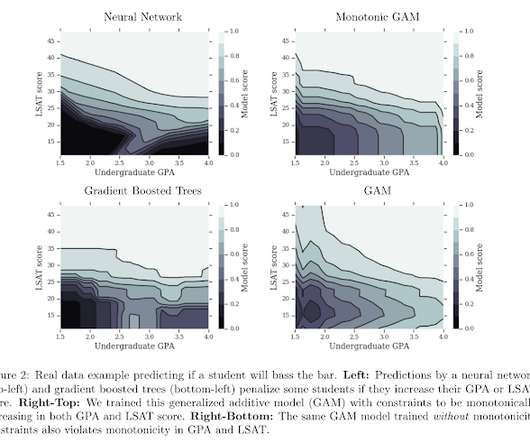Fitting Support Vector Machines via Quadratic Programming
Domino Data Lab
JUNE 8, 2021
The intuition here is that a decision boundary that leaves a wider margin between the classes generalises better, which leads us to the key property of support vector machines — they construct a hyperplane in a such a way that the margin of separation between the two classes is maximised (Haykin, 2009). Derivation of a Linear SVM. Fisher, R.














Let's personalize your content